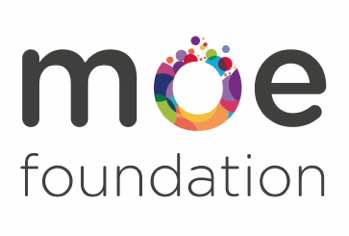Excavating Memory, Archaeology and Hope

Excavating Memory, Archaeology and Hope is an invitation by Elizabeth Mosier to listen to the objects speak. The true treasure is not the object at all. Instead, it is the stories the object tells about the people who owned or used it, what the thing tells you about the person and what is of importance to them. Once Elizabeth embraced that concept. It changed everything about the way she viewed objects.
“I had a decade in which I lost many people I love. I was called upon to clear out the home of my parents, my childhood home, the apartment my brother-in-law lived in, my in laws condo. This process is more than just a task. It’s more than just clearing a space it’s part of grieving; engaging with the process of grieving, which is why I started calling it grief cleaning. “ comments Elizabeth.
Working at the archaeology lab in Philadelphia
In archaeology, excavation is the exposure, processing and recording of archaeological remains. An excavation site or dig is the area being studied. Features represent areas of a specific past activity. Features are often formed in a short period of time and become a snapshot of the past.
The project Elizabeth got involved with involved processing the artifacts that had been covered from beneath President Washington’s house in Philadelphia. There were a lot of colonial era artifacts.
“I was interested in the project because it seemed like a way to tell the untold stories of the nine enslaved Africans who lived in Washington’s house. This was national grieving; a reckoning with our history that seemed important. I was going to wash a lot of dirty, broken pots and dishes and put numbers on them and help account for those stories so that we could set up a memorial in Philadelphia to those people who lived in President Washington’s house. In the process of doing that work, which felt like a social justice project, my mother was descending into Alzheimer’s.”
” The Pit and the Page, an essay I wrote, became part of a collection about my mother’s memory loss and the process of washing and numbering and counting artifacts from Philadelphia’s past. When I came to the prospect of cleaning out my childhood home, it was the first time I had a chance to apply what I’d learned in a really difficult situation.”
“We don’t know what the actual thing means. And once we actually take the time, and sometimes it’s painful to wrestle with what a thing means , we’re able to let go if that’s what we’re called upon to do. . Clearing can be painful and necessary. When I have the meaning, I can keep the meaning.”
Elizabeth Mosier
Excavating memories and grief cleaning can help us to memorise, use objects to memorialise the past, reorient to the present, and imagine the future.
Elizabeth Mosier is a novelist. She’s an essayist. And she’s logged a thousand volunteer hours processing artifacts at Philadelphia’s Independence National Historical Park Archaeology Laboratory for her latest book, which is called “Excavating Memory, Archaeology and Hope”. The experience trained her to see how we construct identity and express what we value, through the things we keep by choice or by accident. More information on her work can be found at her website, which is “elizabethmosier. com“.






